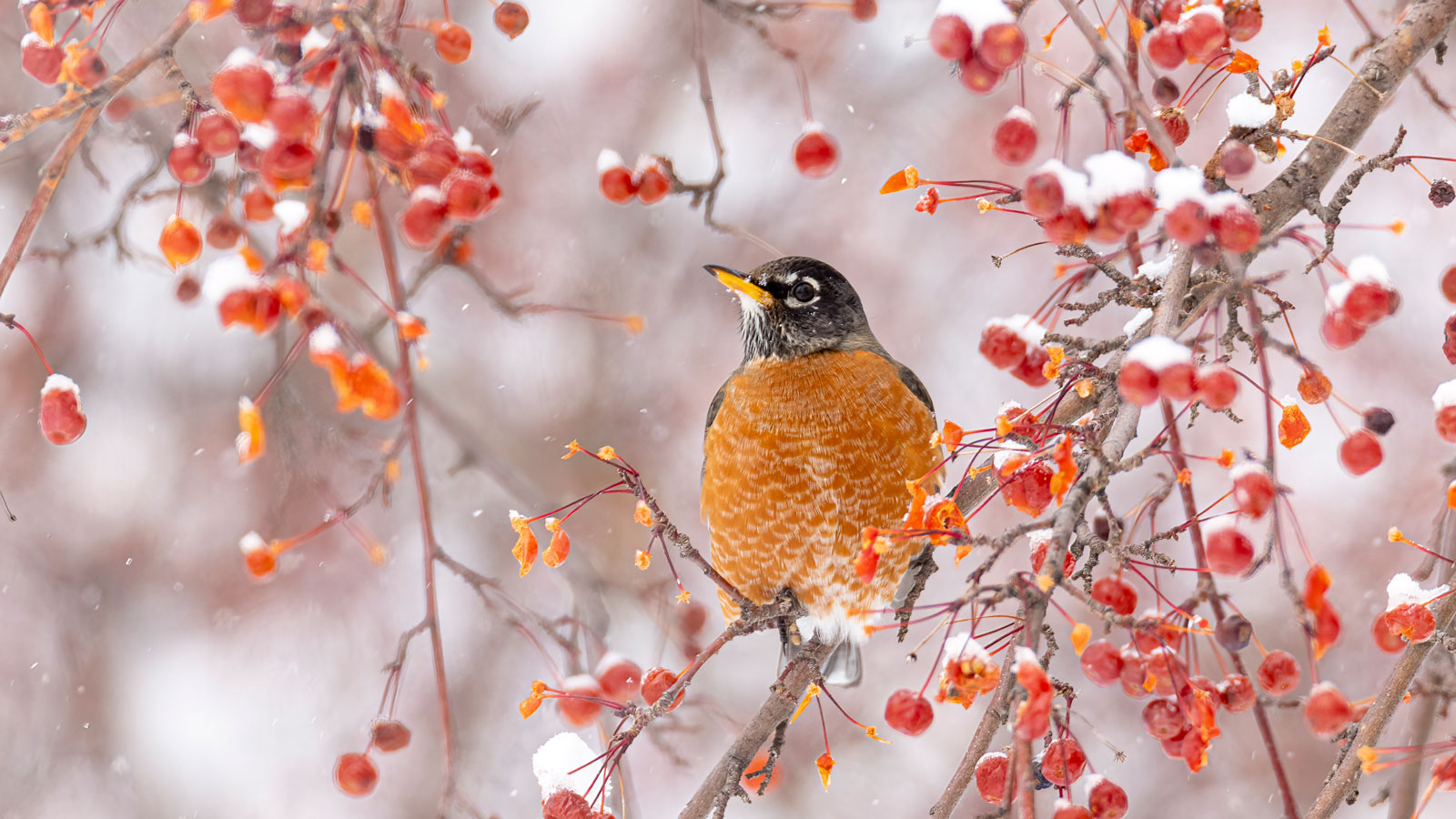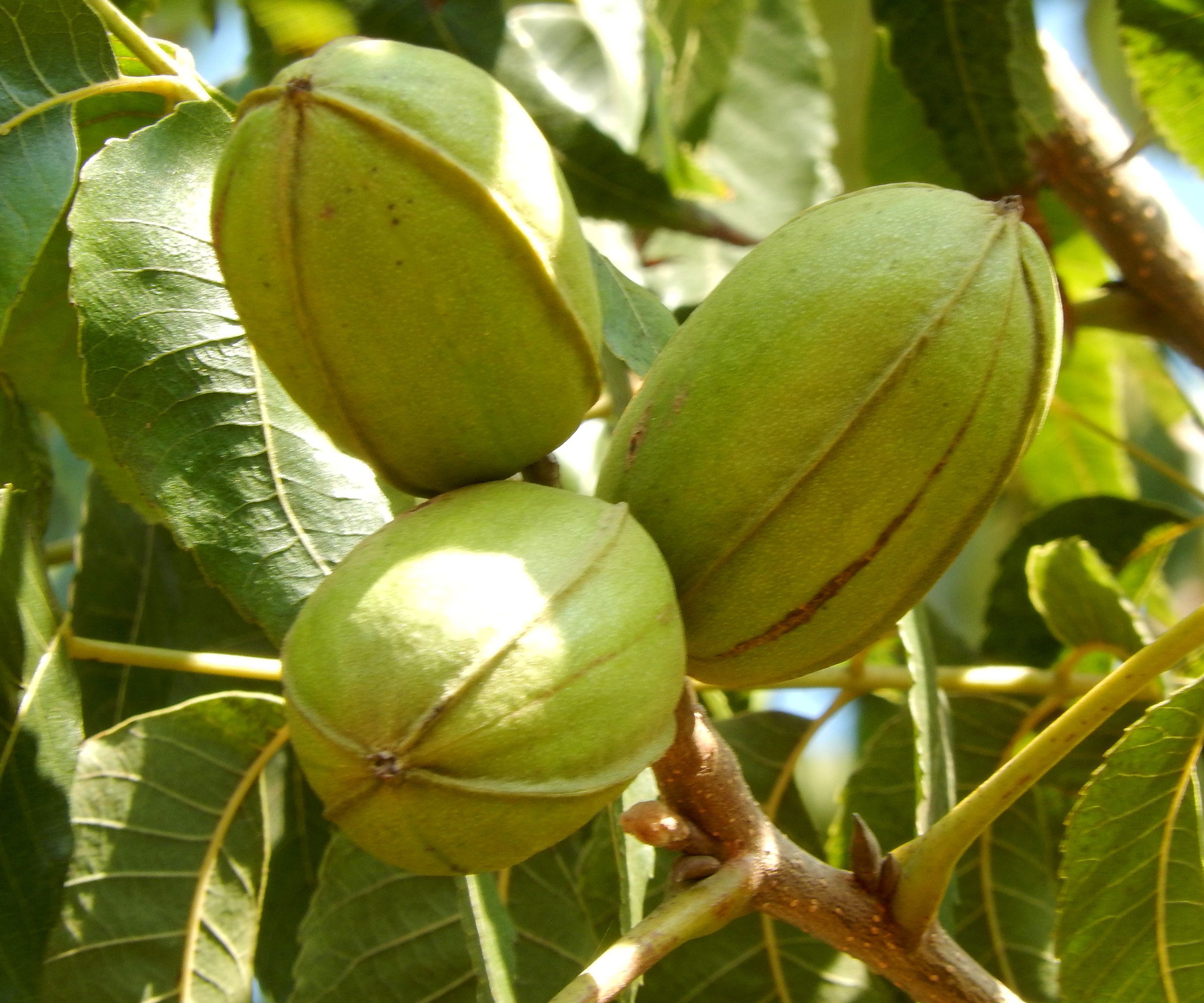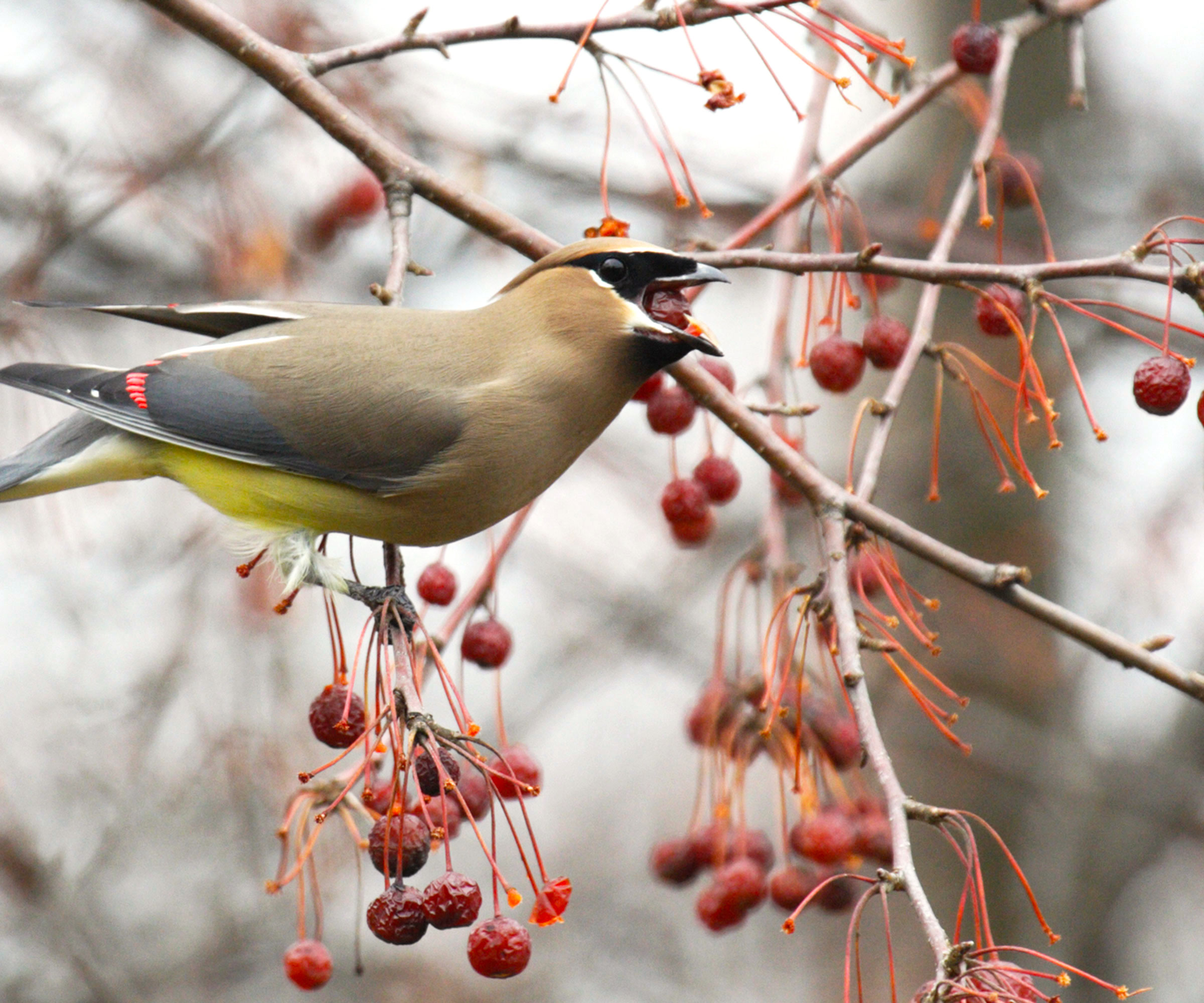Feeding Wildlife In Winter: Grow Plants To Feed Animals
If you want to bring more wildlife to your backyard, make sure your plants can feed them in colder months. These plants are perfect for feeding wildlife in winter


The coldest months of the year are tough for wild animals, which is why feeding wildlife in winter is so important. Wild animals may struggle to find enough to eat while trying to survive colder temperatures. If you enjoy winter wildlife watching and you are wondering what to feed wildlife in winter, start with what you plant. The right winter plants for wildlife provide shelter, habitat and food, and give your local critters a better chance of survival.
Why You Should Be Feeding Wildlife in Winter
Both year-round wildlife and migrating species can benefit from plants in your garden that provide adequate food in winter. Getting enough food is particularly important when animals are expending more energy to stay warm. Snow and other weather conditions can obscure available food or make it difficult or impossible to access it. Many animals hibernate or decrease activity levels in winter to aid survival, but most still need food. So feeding wild animals in winter is a priority for anyone with a passion for their garden’s guests.
Selecting the best plants for wildlife in winter should focus on this. If you plant species that also provide a winter food source, this is a great way to support your local wildlife. Planting native species is one of the best things you can do if you are choosing winter plants for wildlife. You can check with your local extension office for a list of natives and recommendations for the best options that provide winter food. Here are some great choices for feeding wildlife in winter:
Nut-Producing Trees

Nuts, seeds, berries and other natural foods for wildlife are referred to as mast. Nut trees provide a critical source of mast for many animals. While the nuts form in fall, animals like squirrels and woodpeckers store them for winter. Many animals also eat a lot of nuts in the fall to store up fat for winter. Try these species, which are native to part or all of North America:
Fruit-Producing Plants

While nuts provide what is called hard mast, bushes and trees with berries and other fruits provide soft mast, another valuable source of food. The best choices to support feeding wildlife in winter hold onto their fruits during the coldest months. This is known as persistent mast:
Plants with Seeds

Several perennial flowers keep their seed heads well into fall and even winter. These plants are ideal for feeding wild animals in winter, providing a good source of food for birds and small mammals:
Other Ways to Help Wildlife in Winter
In terms of helping animals in winter, feeding wildlife with the right choice of plants is just one way you can help in the colder months. Providing habitats, hiding places and nesting areas can help animals stay warm in winter and protect them from predators. Leave some corners of the garden undisturbed and untidy. These natural areas provide good habitat for many animals. Evergreen trees and shrubs are also good options for offering shelter.
Sign up for the Gardening Know How newsletter today and receive a free copy of our e-book "How to Grow Delicious Tomatoes".
Water, like food, can be scarce in winter. If you have a pond or stream, break the ice as it forms so animals can access liquid water. A heated bird bath is an easy way to boost bird numbers. Wild animals can survive winter, but it’s tough, especially for those living in a human-built environment. Many gardens are not as wildlife-friendly as natural spaces are. Supporting your local animal with native plants, sources of food, shelter and freshwater are all great ways to show how much you care.

Mary Ellen Ellis has been gardening for over 20 years. With degrees in Chemistry and Biology, Mary Ellen's specialties are flowers, native plants, and herbs.